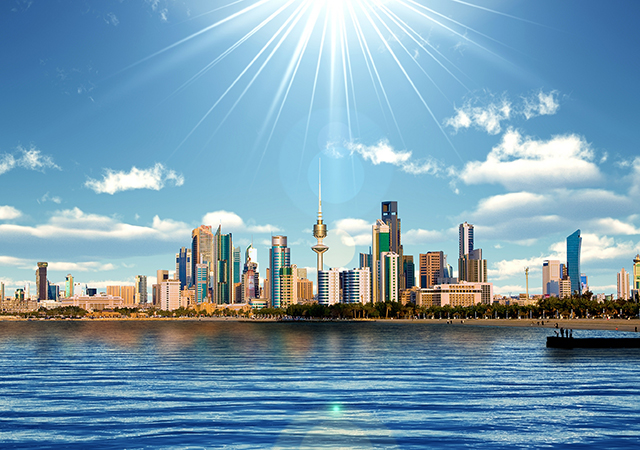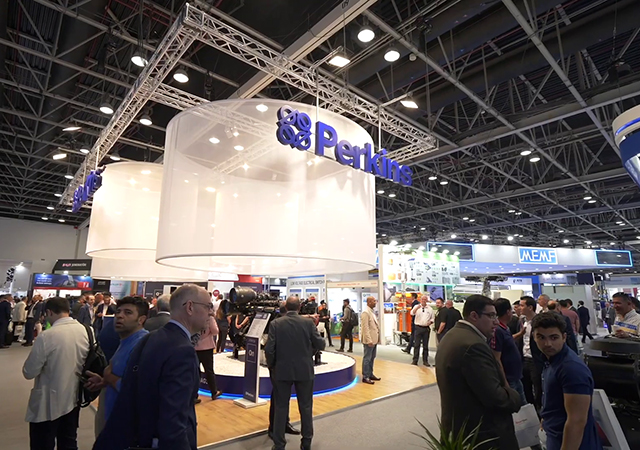
 Saudi Aramco is developing as a petrochemical player of note
Saudi Aramco is developing as a petrochemical player of note
With oil prices down and its revenues largely curtailed, Saudi Arabia is doing what any household would do – tighten its belt.
That is a huge and unusual development considering that the kingdom has splurged on mega projects over the years. Riyadh though has made clear that it will not sacrifice important schemes, particularly ones in infrastructure, education and health. Finance minister Ibrahim Alassaf said recently: “There are some projects like the ones that have been approved a few years ago and haven’t been carried out until now – that means such projects are not currently necessary and can be delayed. Projects in sectors such as education, health and infrastructure are not only important for the private sector but also for the long- term growth of the Saudi economy.”
Just how much the belt-tightening initiative will yield is not known. But removing subsidies on gasoline could save the kingdom nearly SR30 billion ($8 billion) annually. Talk of such a move has gone on for several years, but has assumed an air of likelihood after the UAE reduced gasoline subsidies. Some Saudis are concerned that the slashing would hit them hard and have suggested other measures be taken to preserve welfare such as cheap public transport.
And because higher gasoline prices could lead to inflation in other goods, Fahad Al Anazi, deputy chairman of the economic and energy committee in the Shura Council, suggested the government introduce new subsidies for some food products and other consumer items, or distribute cards allowing some people to purchase fuel at subsidised prices. Such subsidies would be provided to Saudi citizens rather than the large number of foreigners in the country.
The big dip in oil prices is taking its toll. The International Monetary Fund has warned that the economy both this year and the next will slow. It projects that real gross domestic product (GDP) would grow by 2.8 per cent in 2015 and 2.4 per cent in 2016, down from 3.5 per cent last year. Oil revenue was seen contributing 24.2 per cent to GDP this year, down from 32.6 per cent in 2014.
One investment key to the future and which the government won’t stall is the Fadhili gas plant for Saudi Aramco. Spain’s Tecnicas Reunidas and Britain’s Petrofac have been selected for contracts worth $4.7 billion to build the plant. It will have a processing capacity of 2.5 billion standard cu ft per day of sour gas from the onshore Khursaniyah and offshore Hasbah fields.
Riyadh is also going ahead with plans for a $3.1 billion joint venture between Lanxess AG and Saudi Aramco. The Saudi powerhouse will pay 1.2 billion euros in cash for its 50 per cent adjusted for debt and payables.
Hard times have also not come in the way of plans to start a new sugar refinery in Jizan, southwest Saudi Arabia. Al Reef Sugar Refinery will have to contend with new players in the Middle East including ones in Oman and Bahrain. But with populations growing and demand for sugar growing consequently, there will be a piece of the pie for all, not to speak of the possibility of business from outside Mena. Al Reef plans to refine 3,000 tonnes of sugar per day and export two-thirds of that within the Middle East alone.
 |
|
A production facility of Sharq, an affiliate of Sabic |
The general industrial momentum has gone on quite unrelentingly. Earlier this year, Sipchem announced the start-up of an affiliate’s polybutylene terephthalate plant (PBT) at its complex in Jubail Industrial City. The plant has capacity to produce 63,000 tonnes of PBT, which is one of the highly specialised polymers used in the automotive industry and in the production of electrical and electronics materials. It is also utilised in the production of materials used in the IT field, polymers and engineering plastics industry.
The petrochemicals and plastics field is one of Saudi Arabia’s fortes. In the PVC field, it is estimated the kingdom will cross the $892 million mark by 2020. Sabic is a leading player there, availing itself of abundant raw material available at modest prices in the kingdom and region. But the oil giant Saudi Aramco is increasingly widening its industrial base to include petrochemicals and has allied with The Dow Chemical Company of the US to set up an ambitious complex worth $20 billion that is largely complete. Commenting on Aramco’s move to invest in the Lanxess venture, Mohammaed Ramady, an independent energy analyst and former professor of finance and economics at King Fahd University of Petroleum and Minerals, was quoted as saying that “value-added technology transfer, job creation and the possibility of opening up Saudi Arabia’s petrochemical industries to international players makes economic sense for the country and sets the stage for further downstream related acquisitions in the future.”
One of the sectors where diversification has been intense is fertiliser. “Despite the cyclical nature of commodity products, Saudi Arabia›s fertiliser industry has nearly doubled in the last decade, possessing the largest production capability in the Arabian Gulf,” said Dr. Abdulwahab Al Sadoun, secretary general, GPCA.
“The sector›s consistent capacity growth, steady sales and rising employment make valuable contributions to the Saudi economy, and also demonstrate that this industry can be a key facet of the country›s long term diversification strategies.”
With 42 per cent of capacity, Saudi Arabia accounts for the largest share of fertiliser production in the GCC, according to the GPCA’s Fertilisers Indicators report. Saudi producers manufactured 17.2 million tonnes of fertilisers in 2014, an 87 per cent increase from 2004.
In the heavy industries field, a notable recent achievement was the opening of a factory in King Abdullah Economic City (KAEC) – AVI (Arabian Vehicles & Trucks Industry) Co Ltd – for making Volvo trucks. The plant is a joint venture between Zahid Tractor & Heavy Machinery Company Ltd and Volvo Truck Corporation.
Wafaa Zawawi, chairman of AVI, remarked that the new AVI facility represented a “significant breakthrough in the diversification of Saudi Arabia’s industrial capabilities.”
KAEC, the site of the truck plant, is a $100 billion ongoing development that will serve as the main logistics and manufacturing hub for countries on the Red Sea.
But if Saudi Aramco has its way, yet another industrial city will be built around energy-related industries, signifying that the fall in oil prices does not prevent the kingdom from thinking big. The rewards though are many and would be seen in greater diversification of the economy and, importantly, the generation of many jobs.














